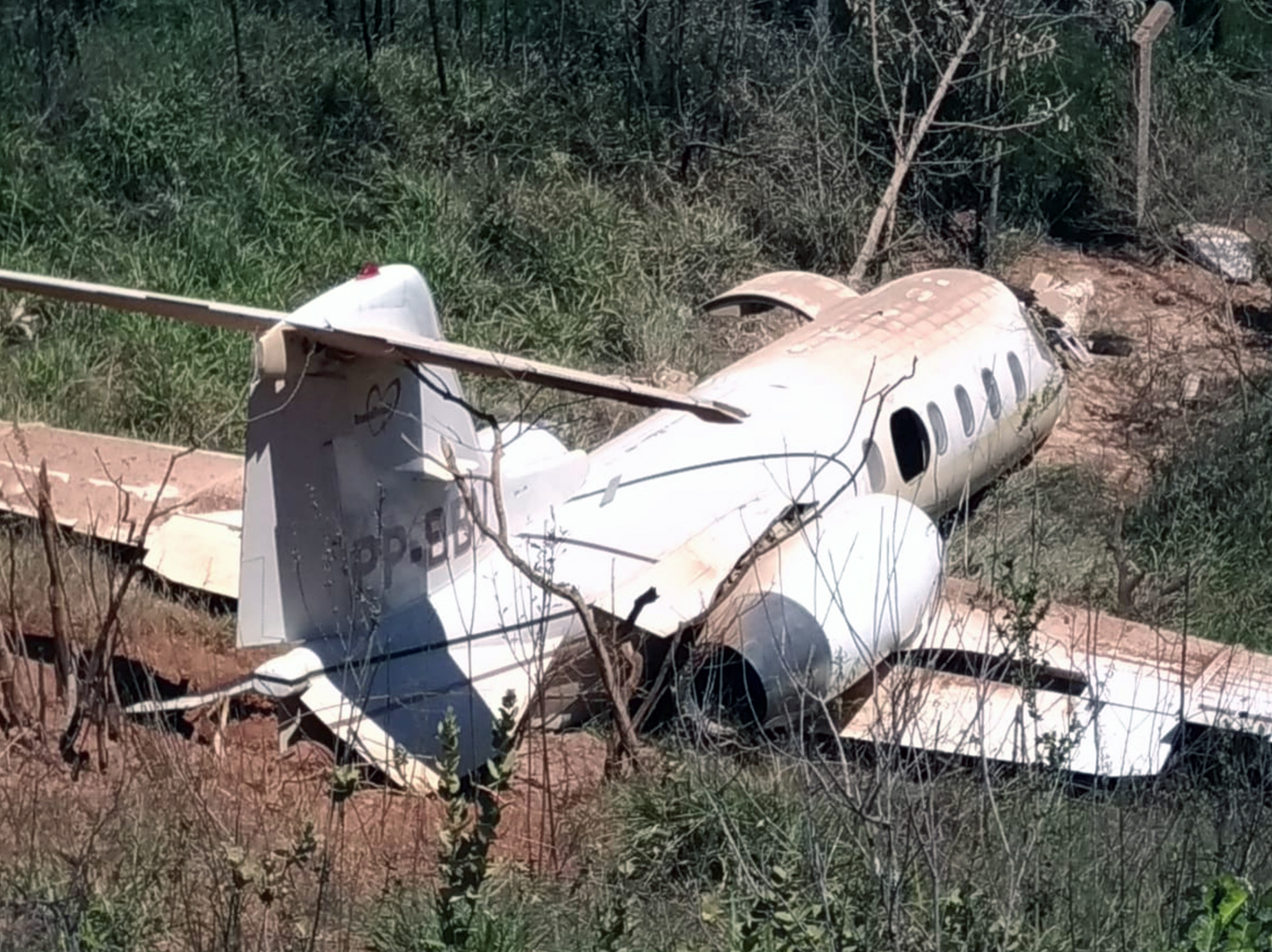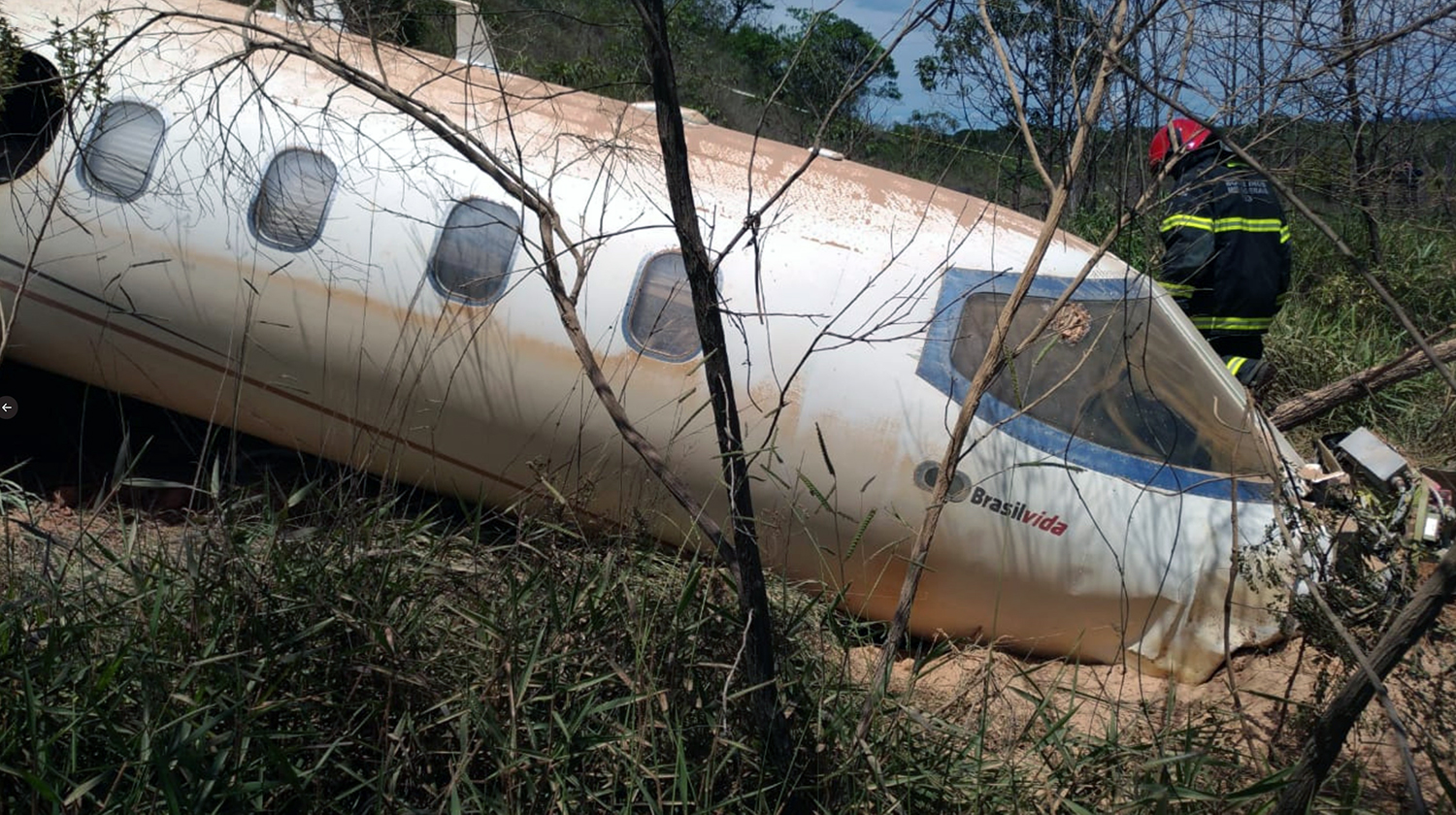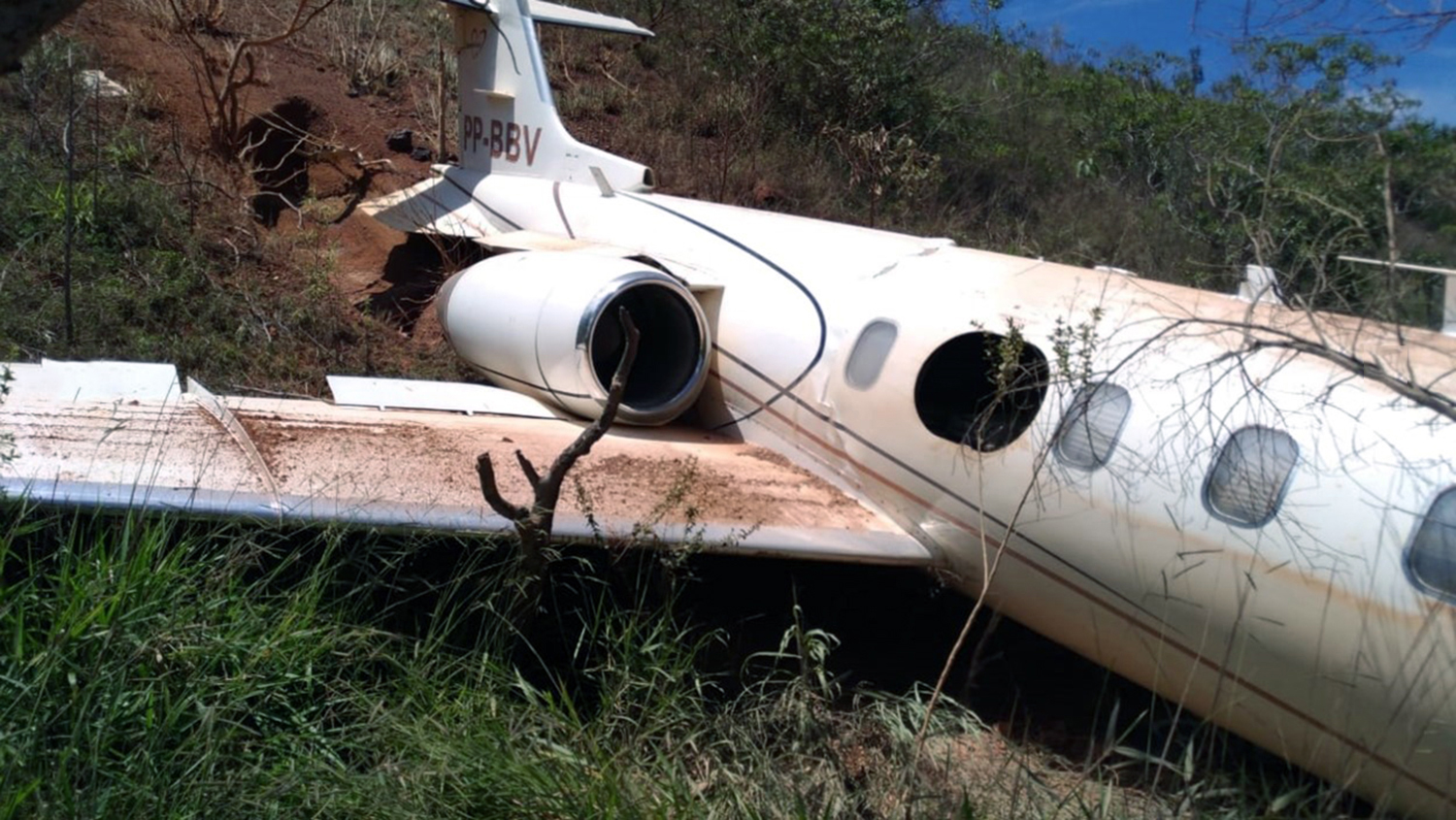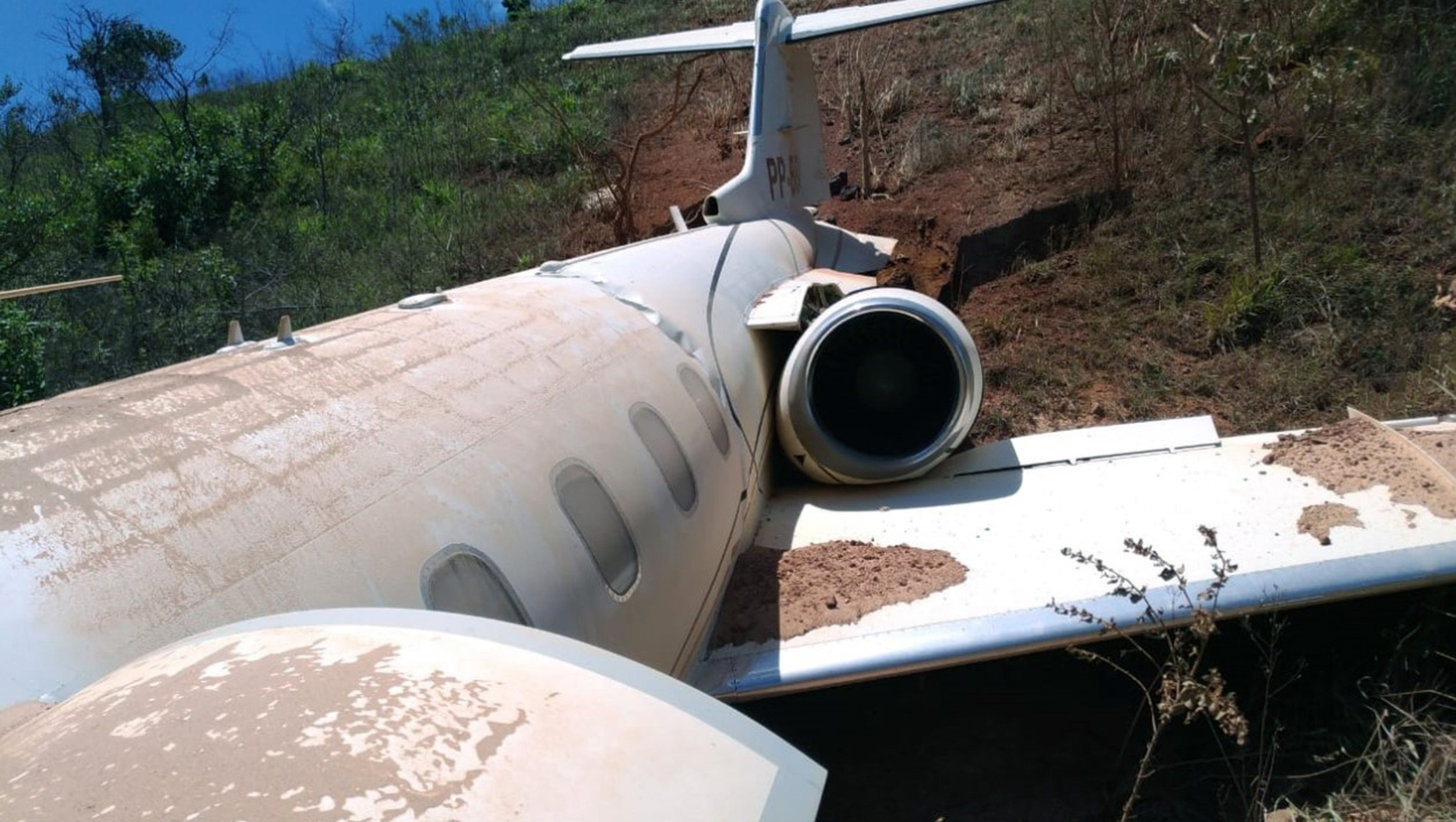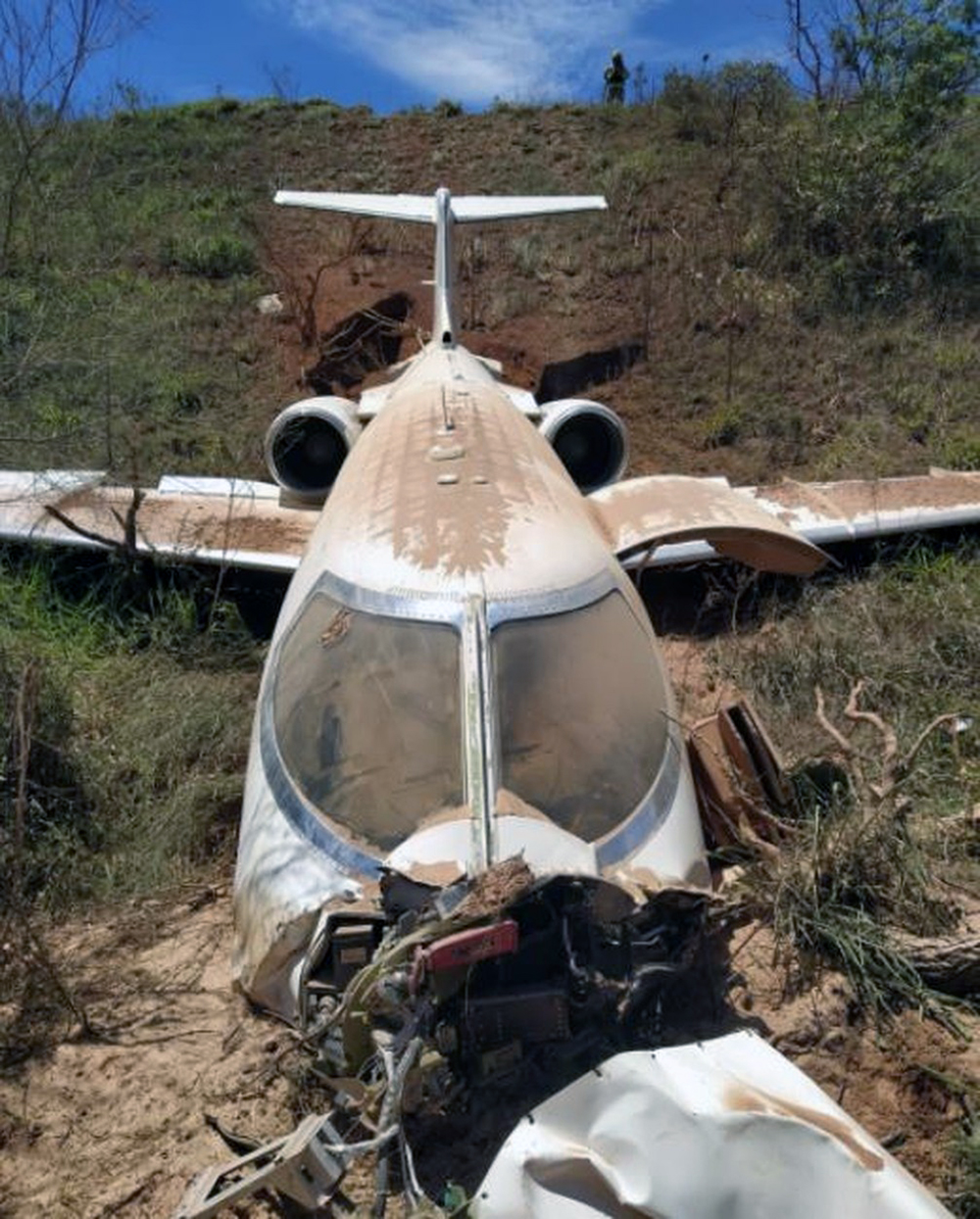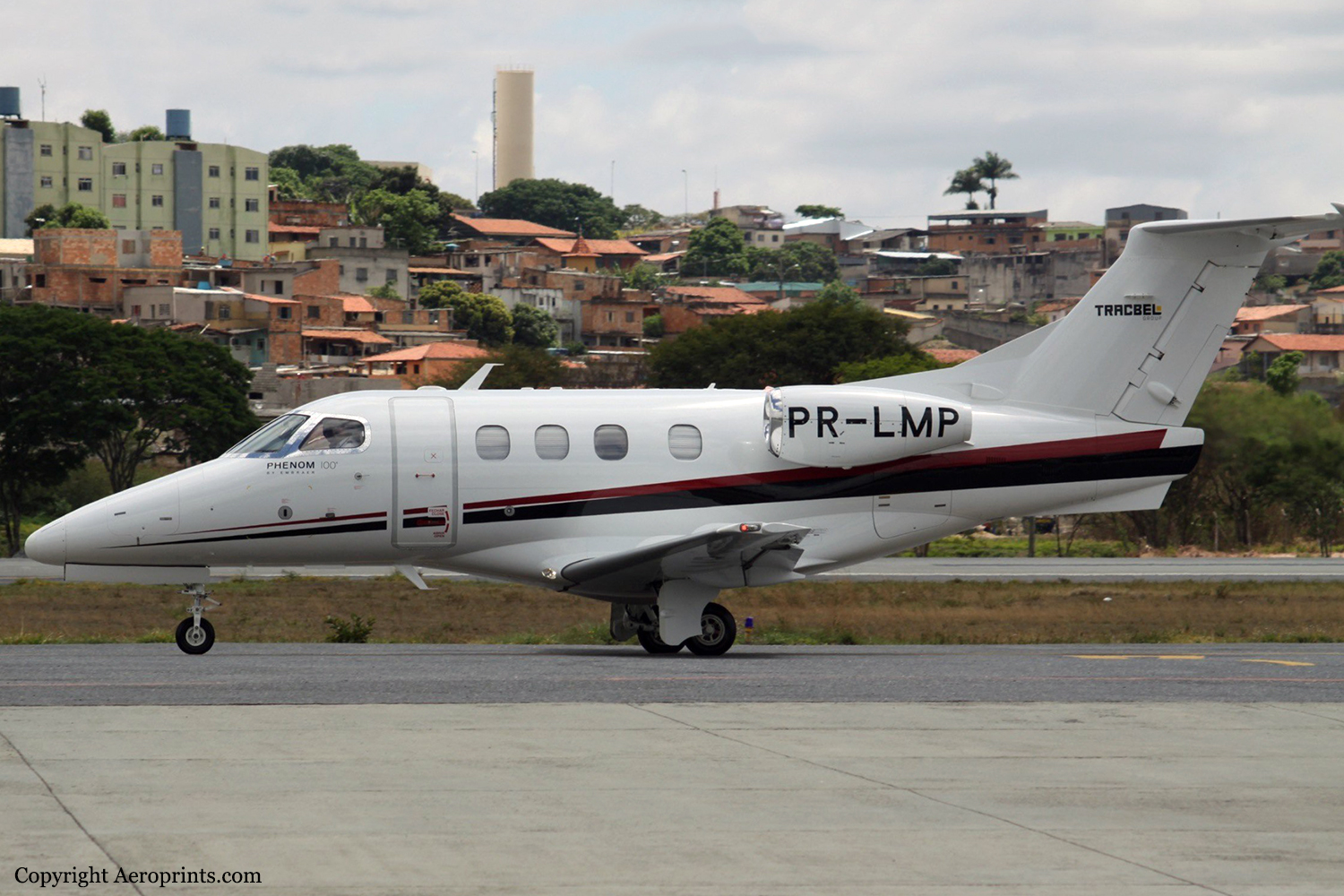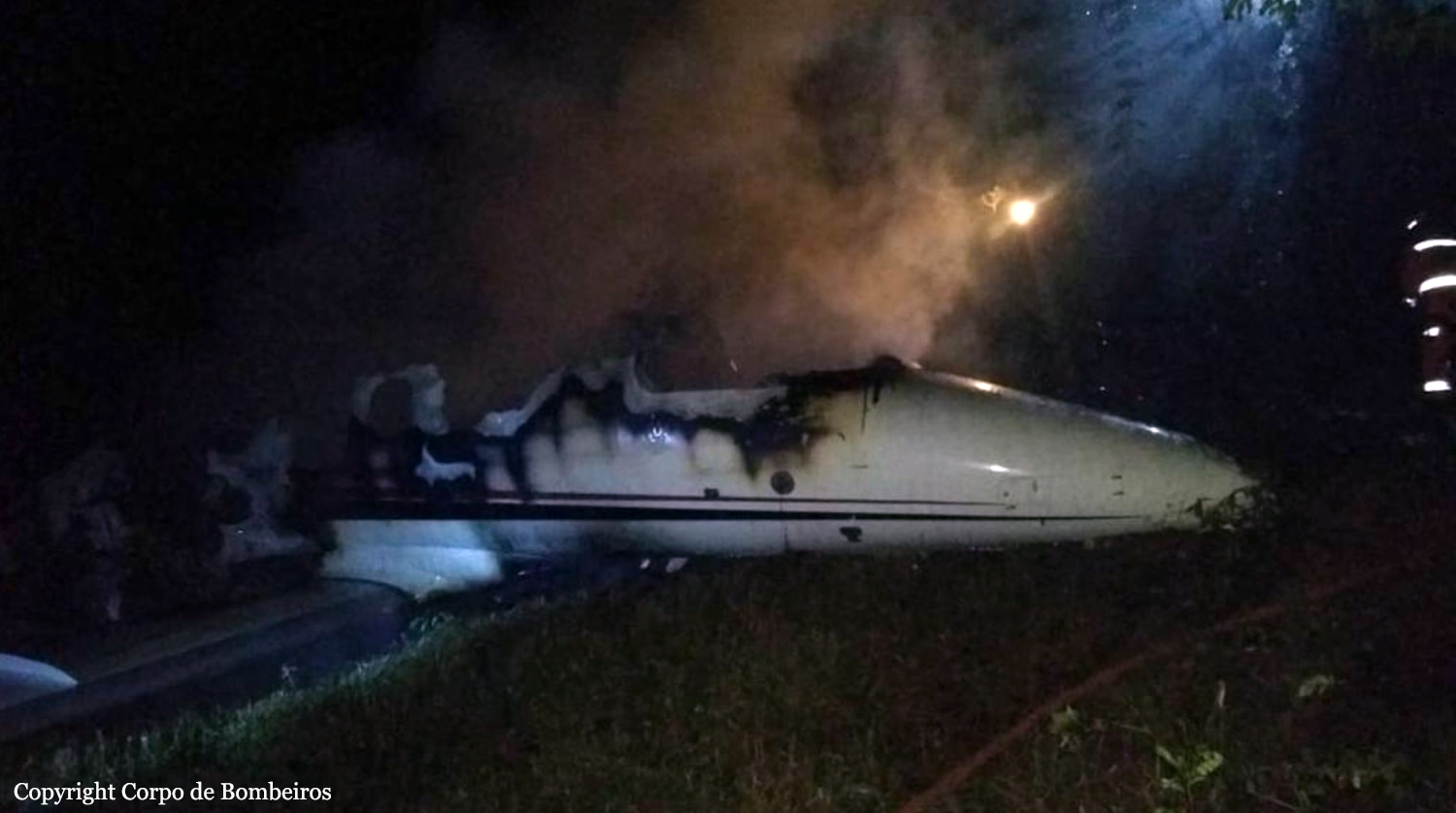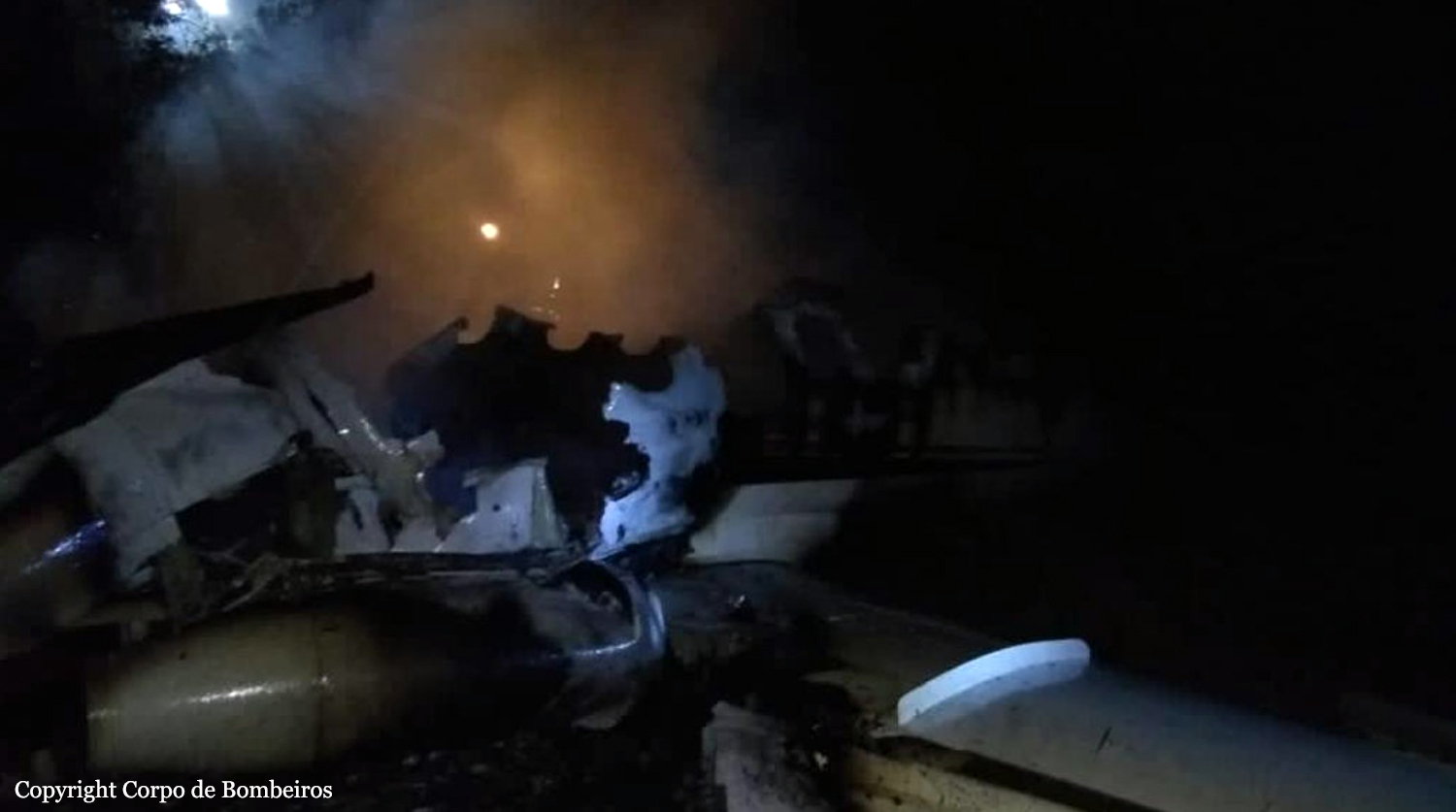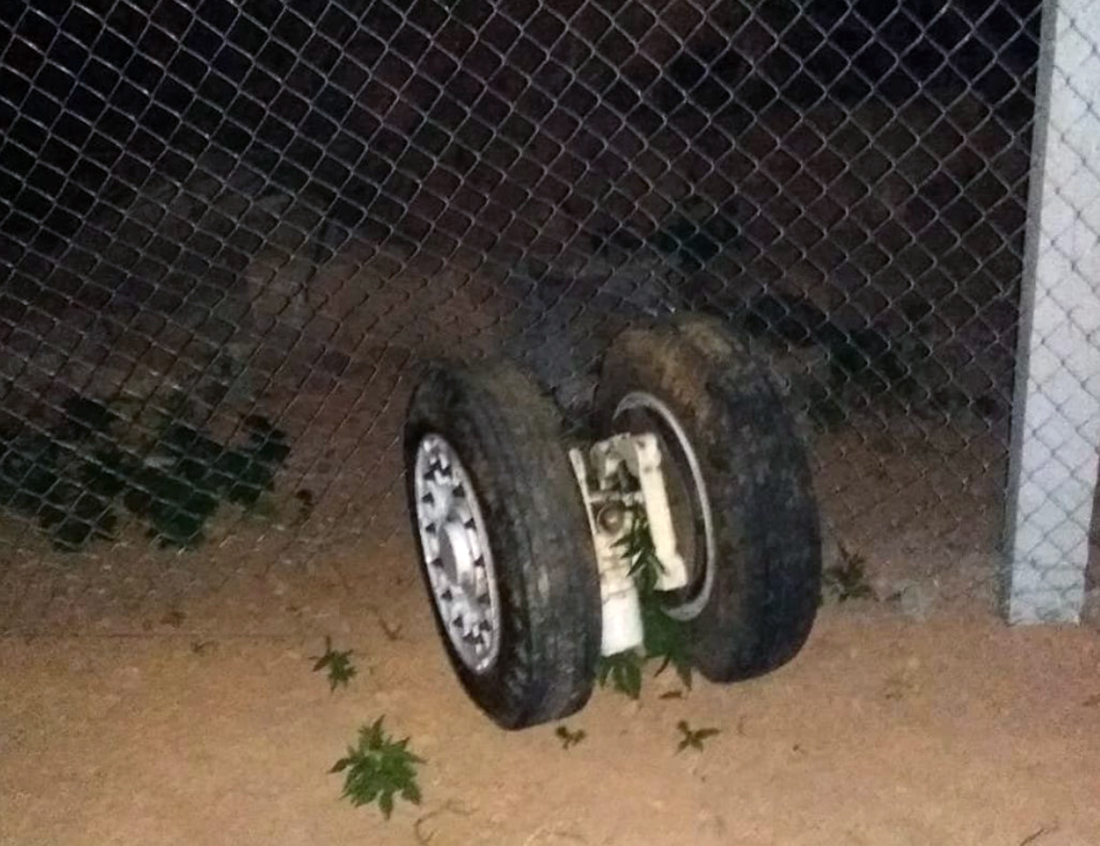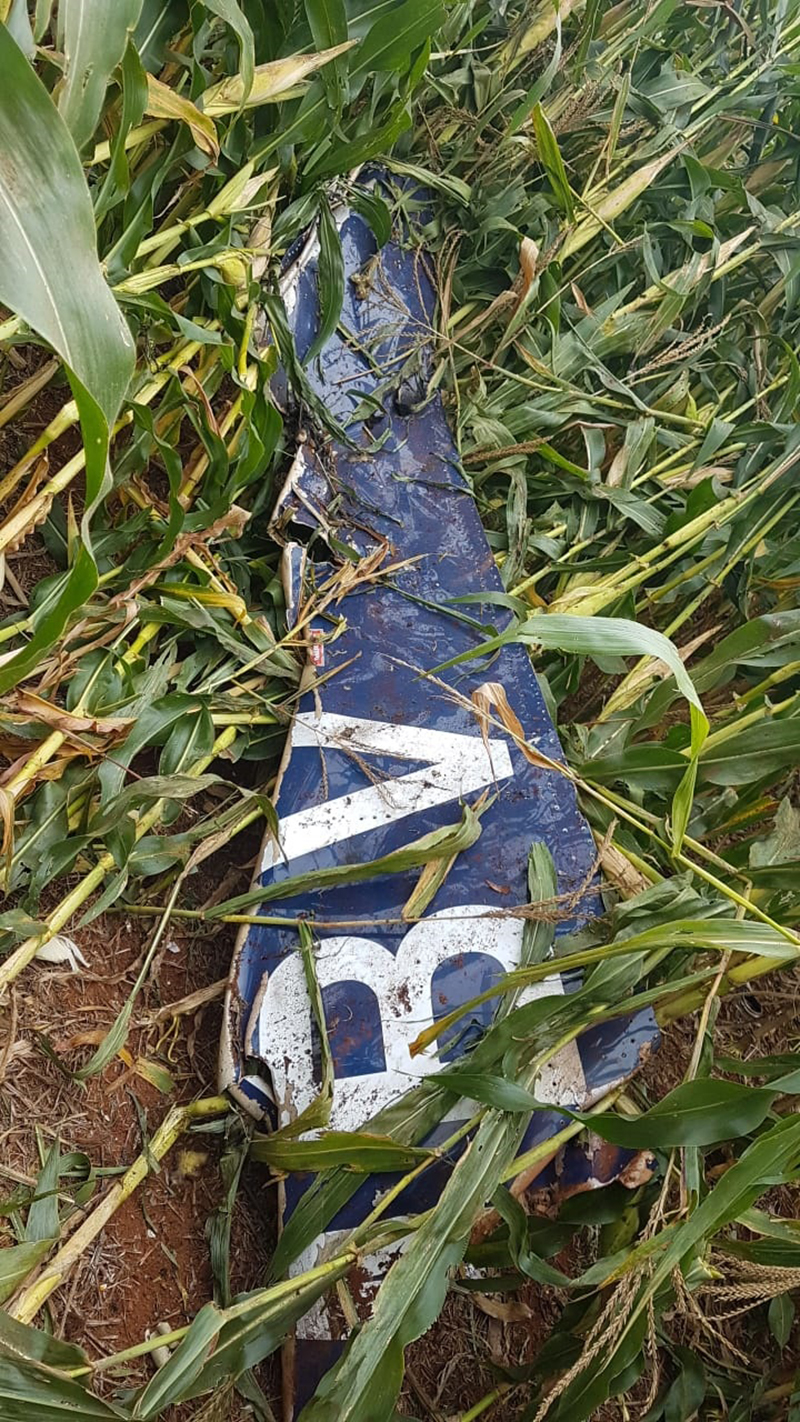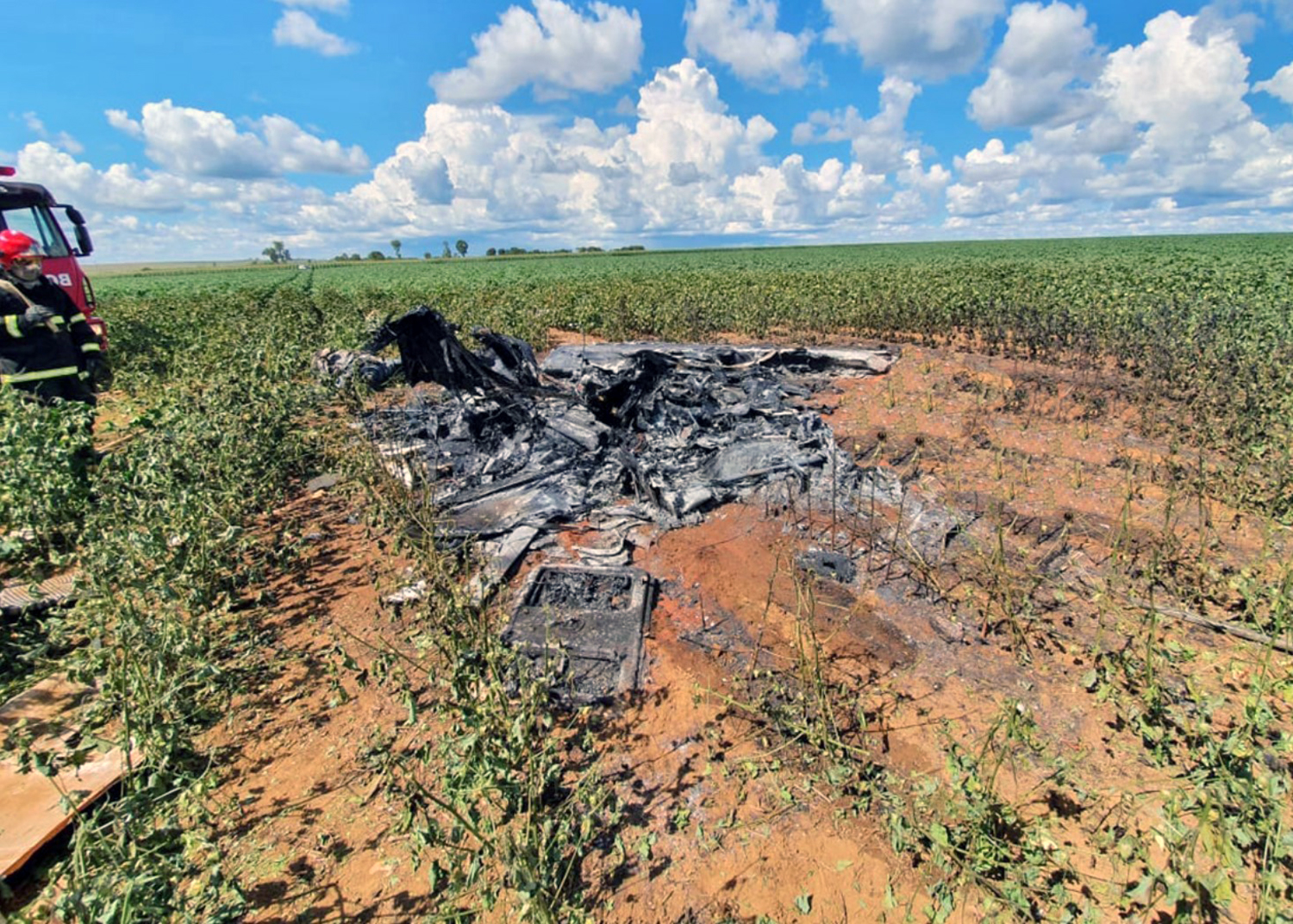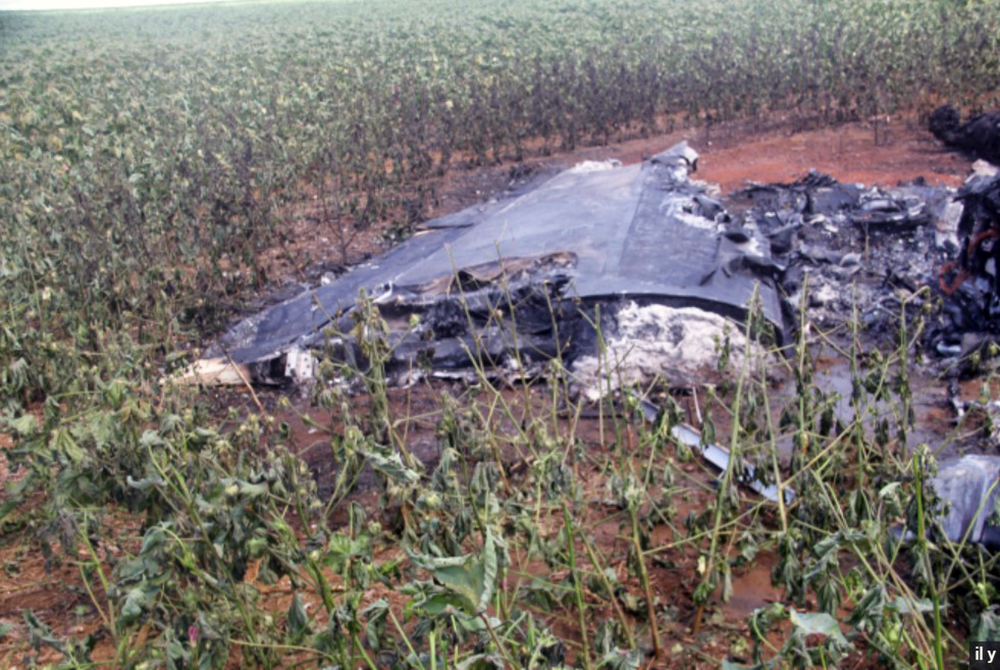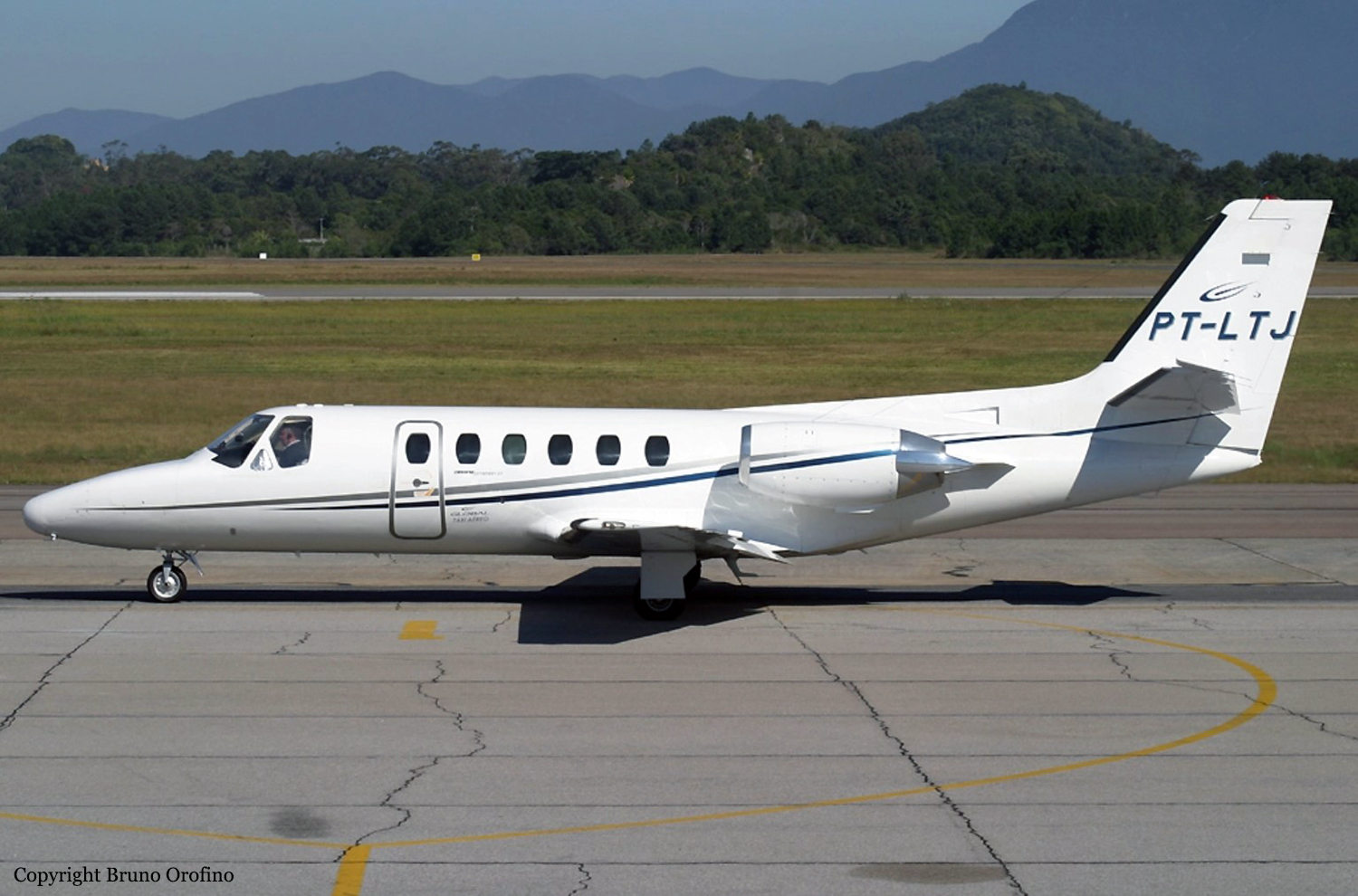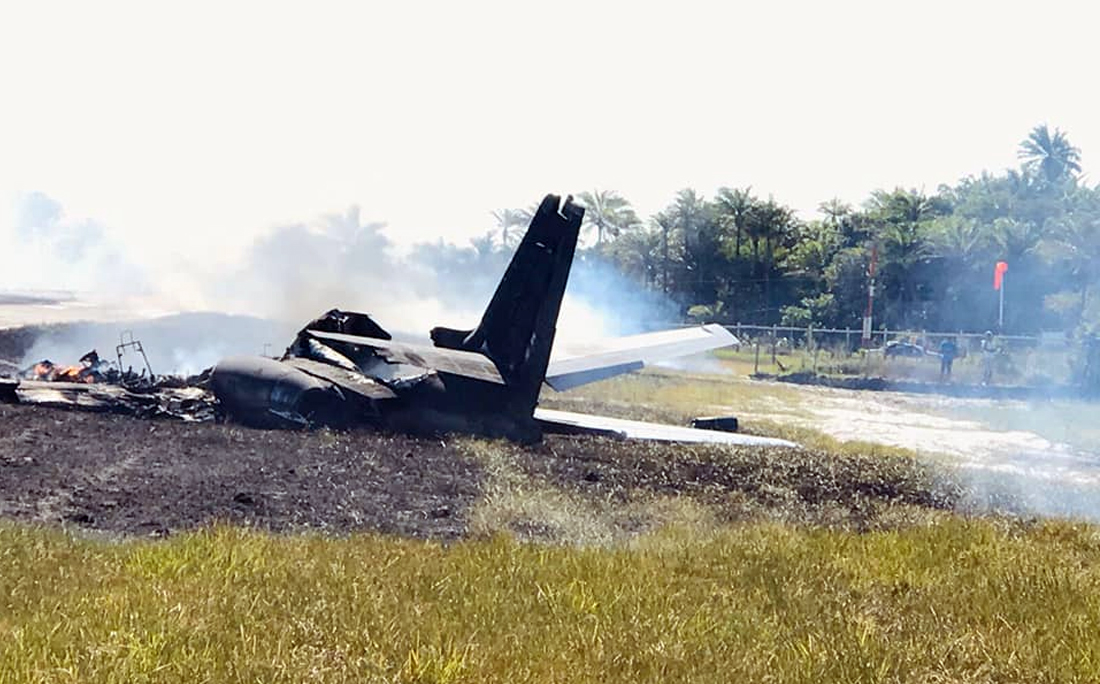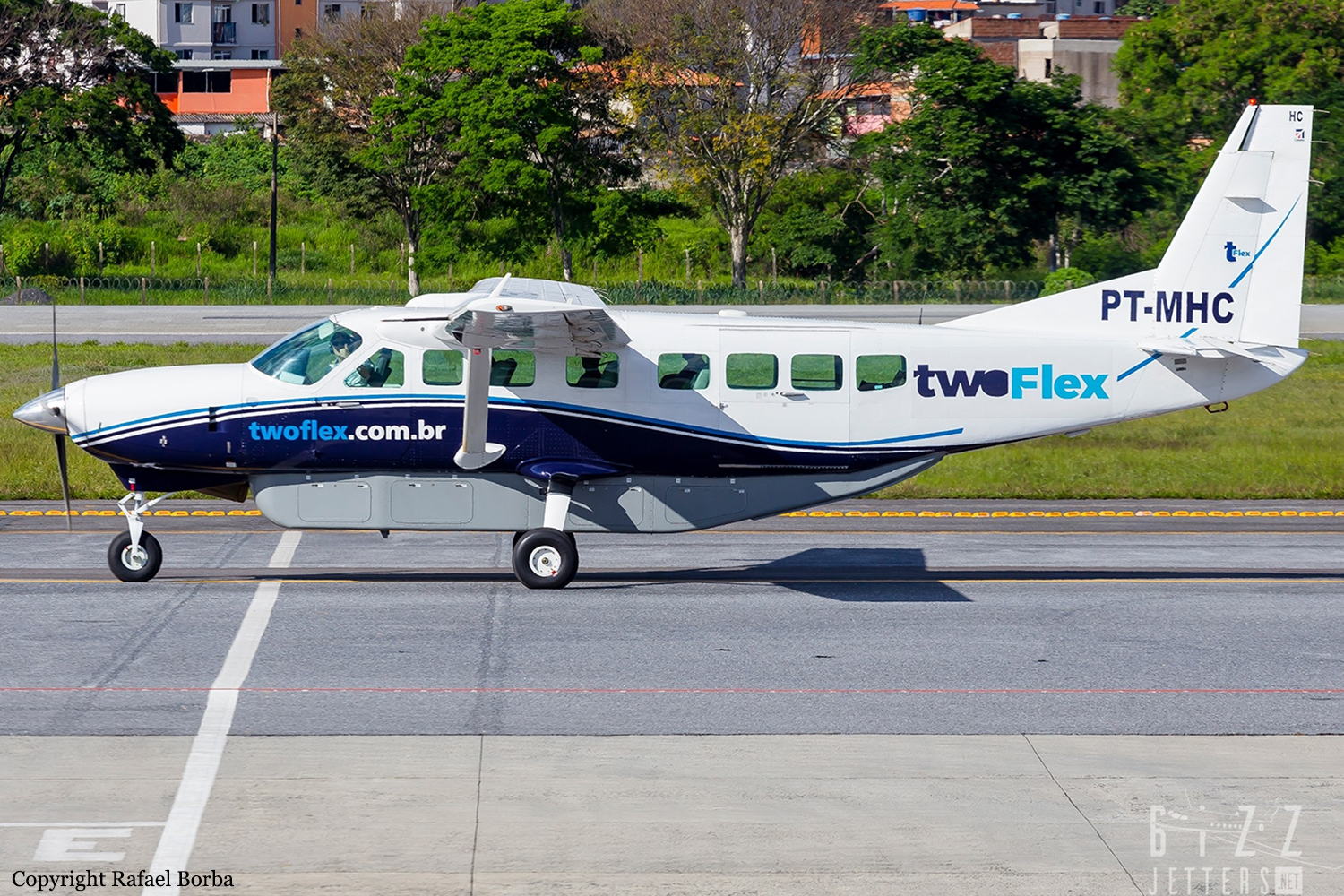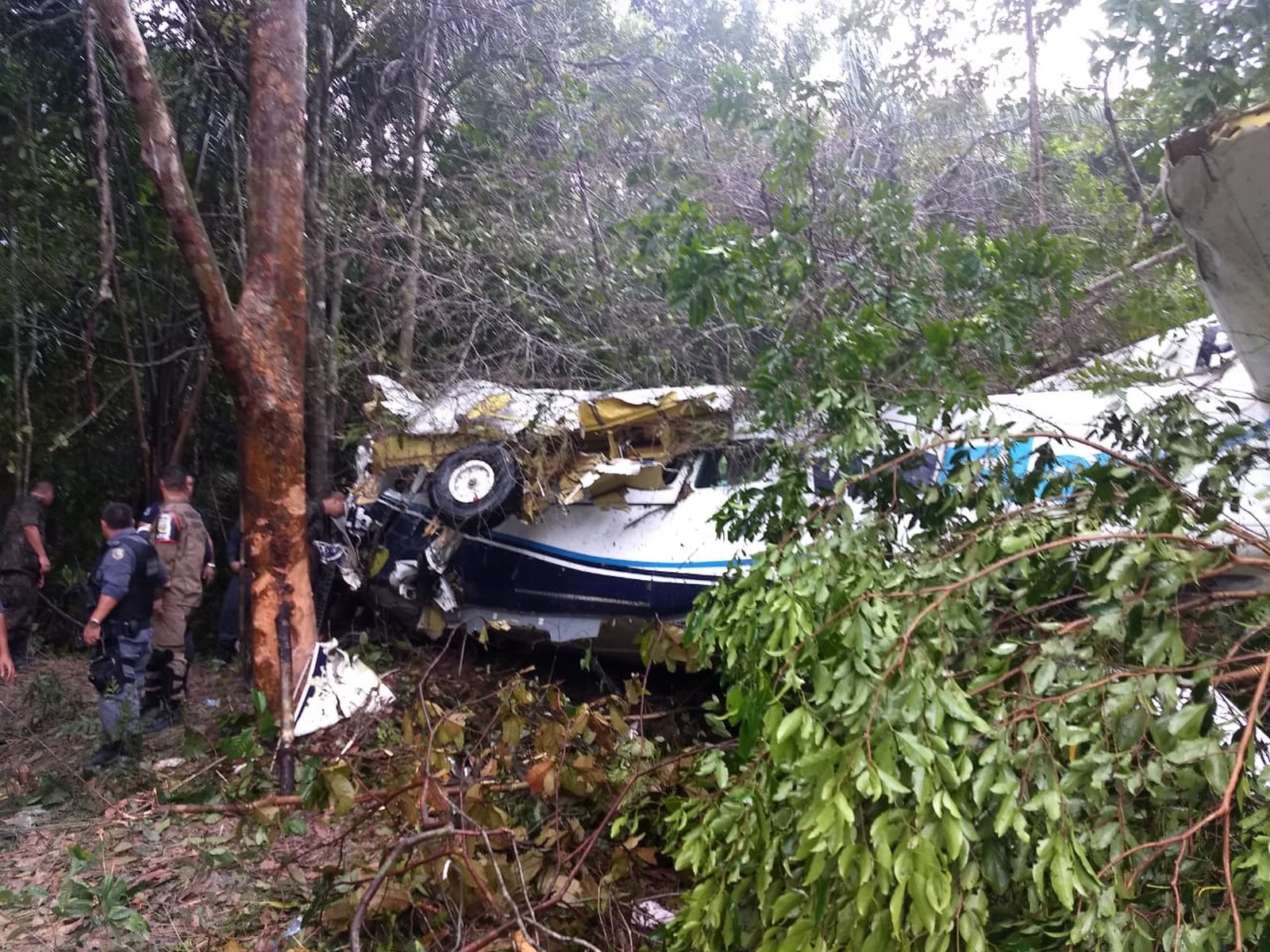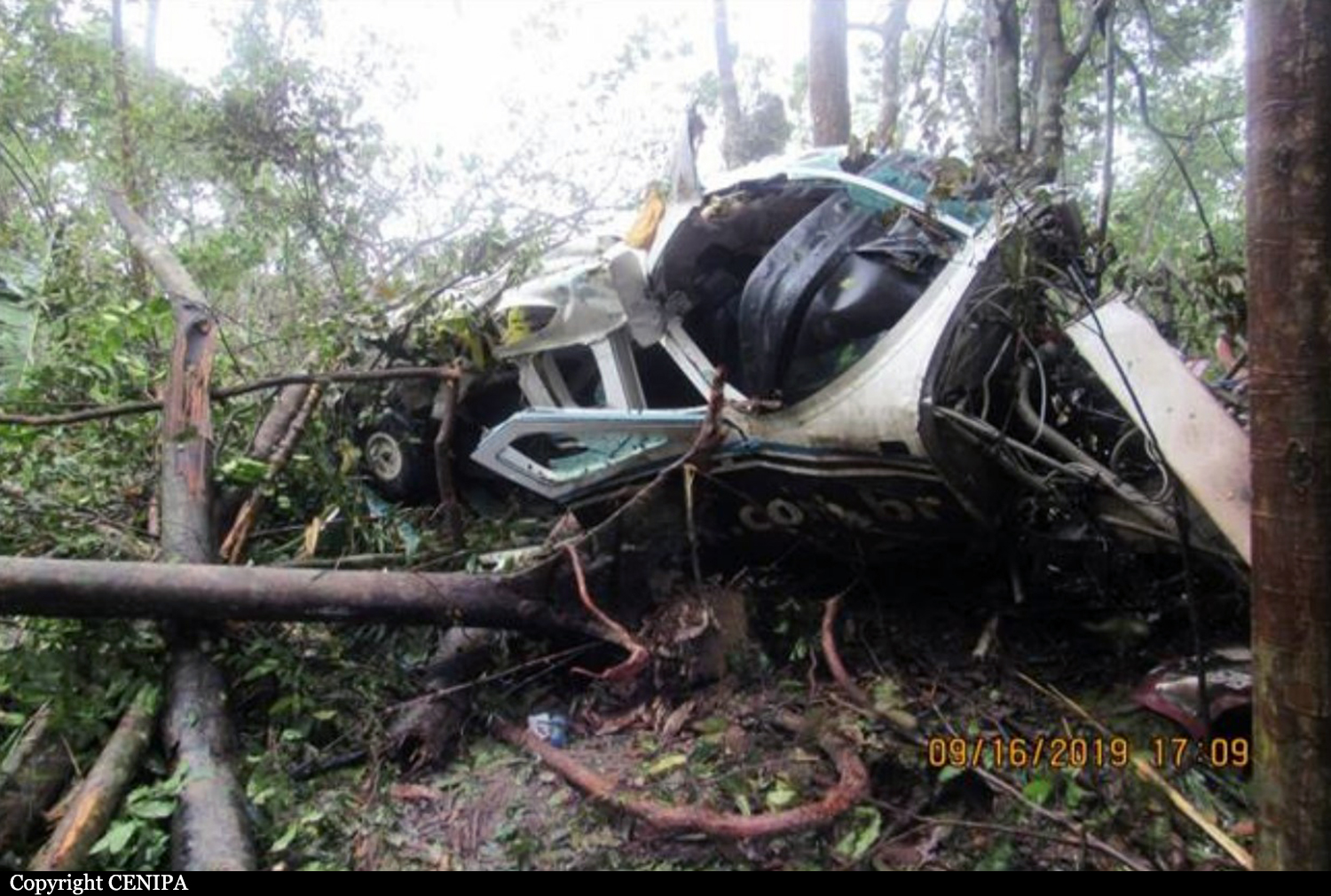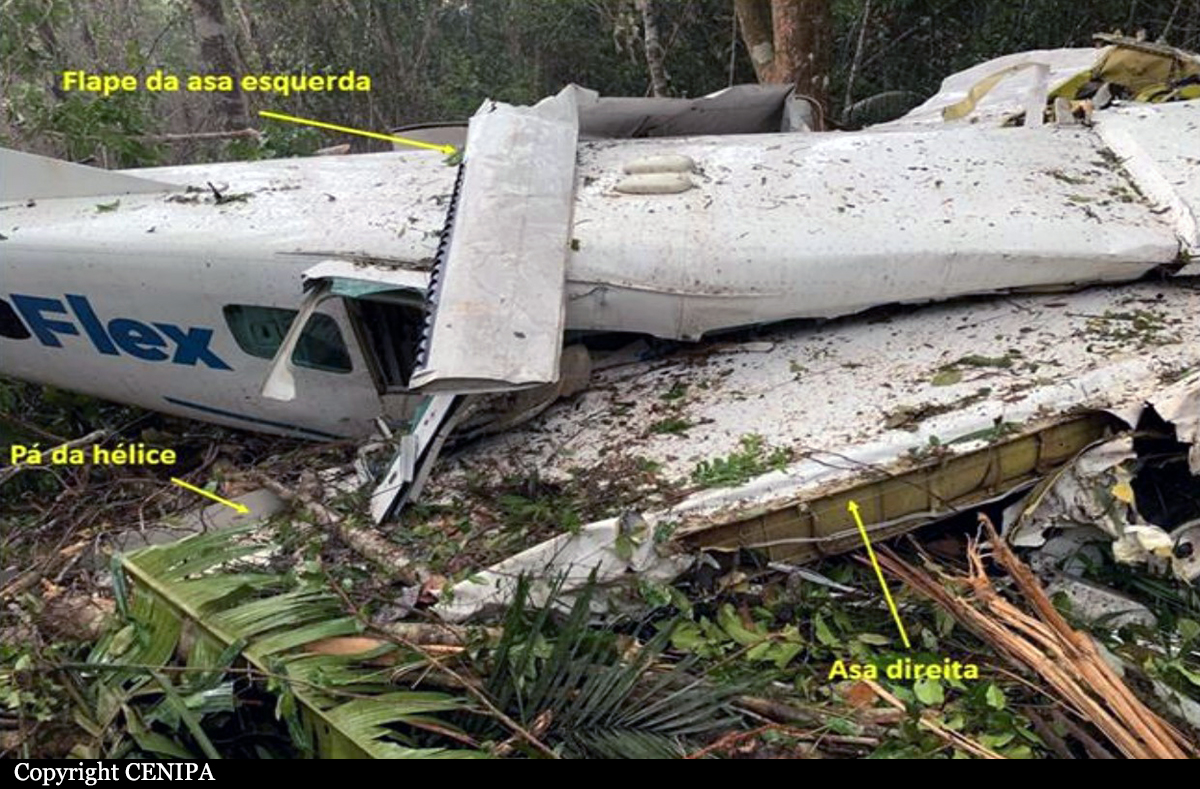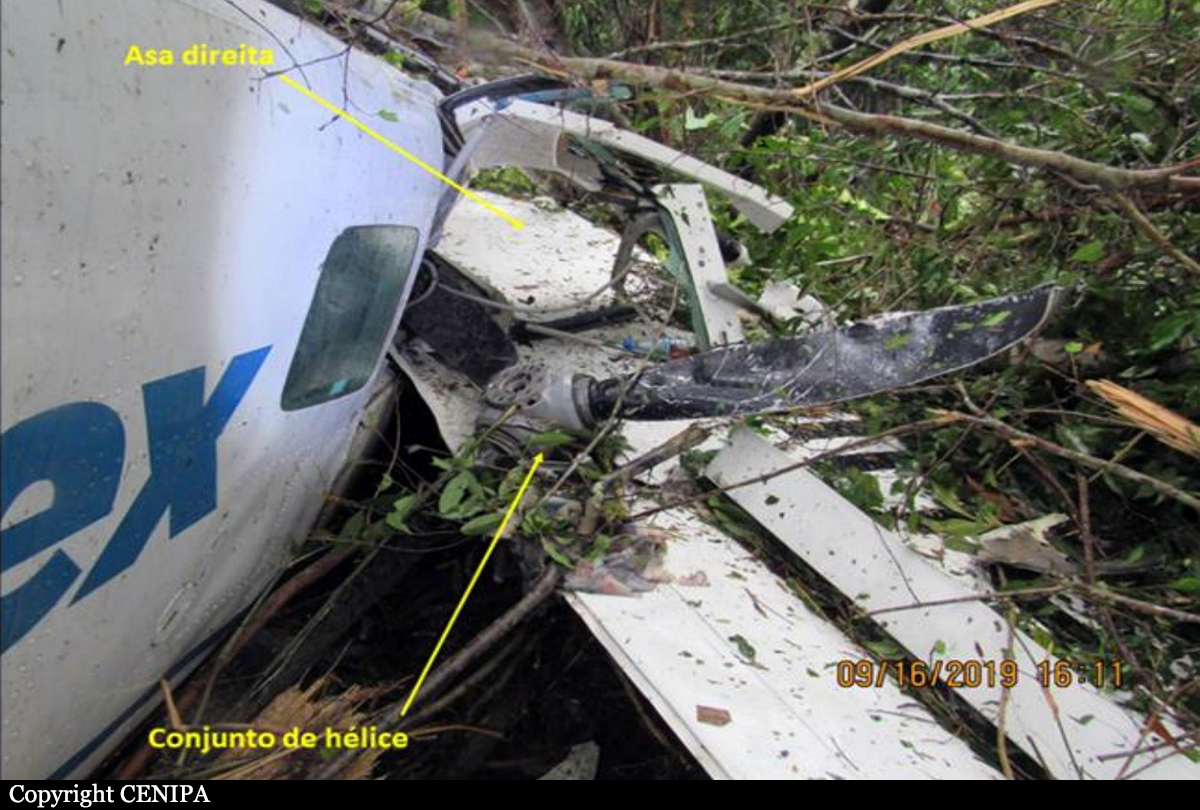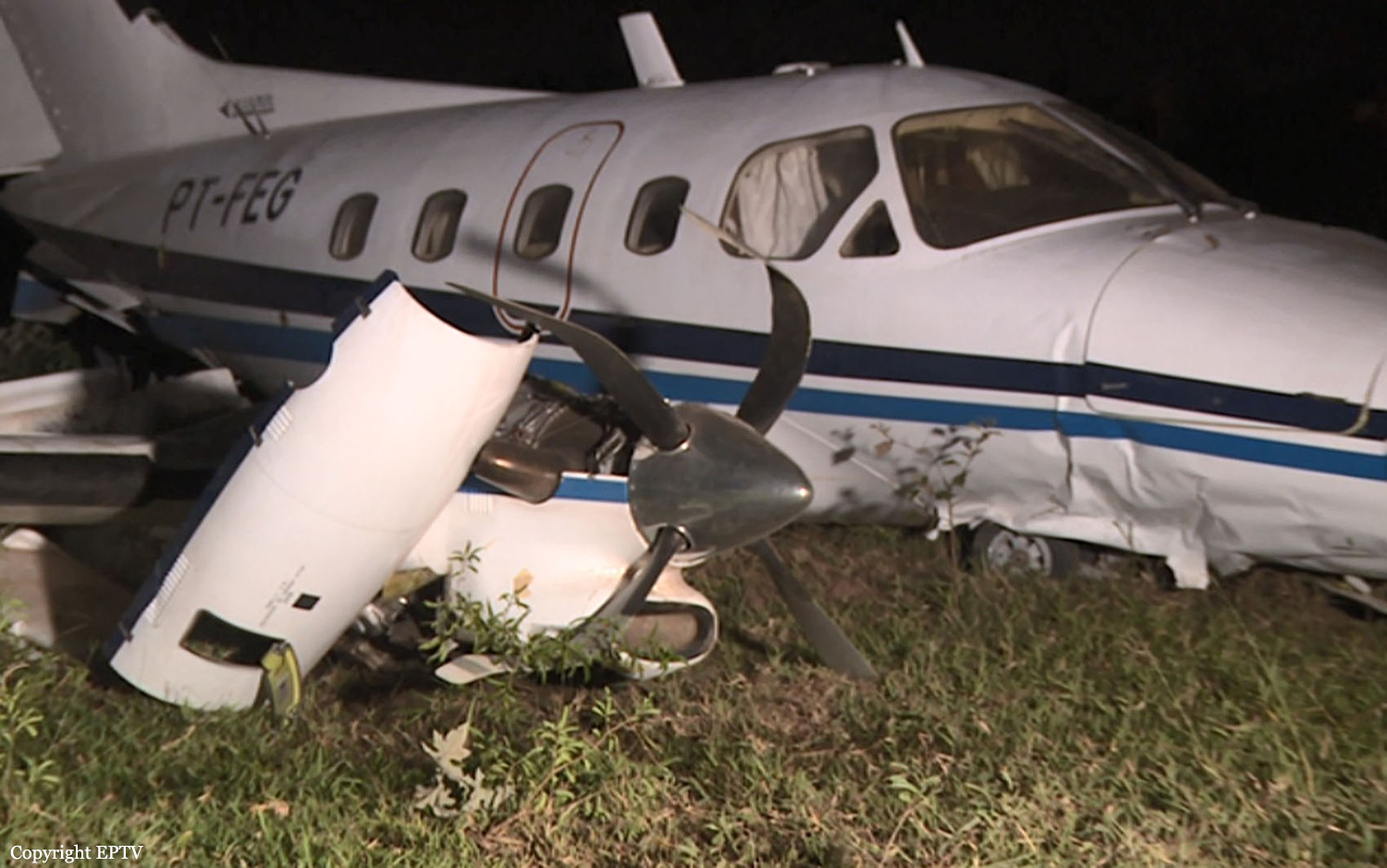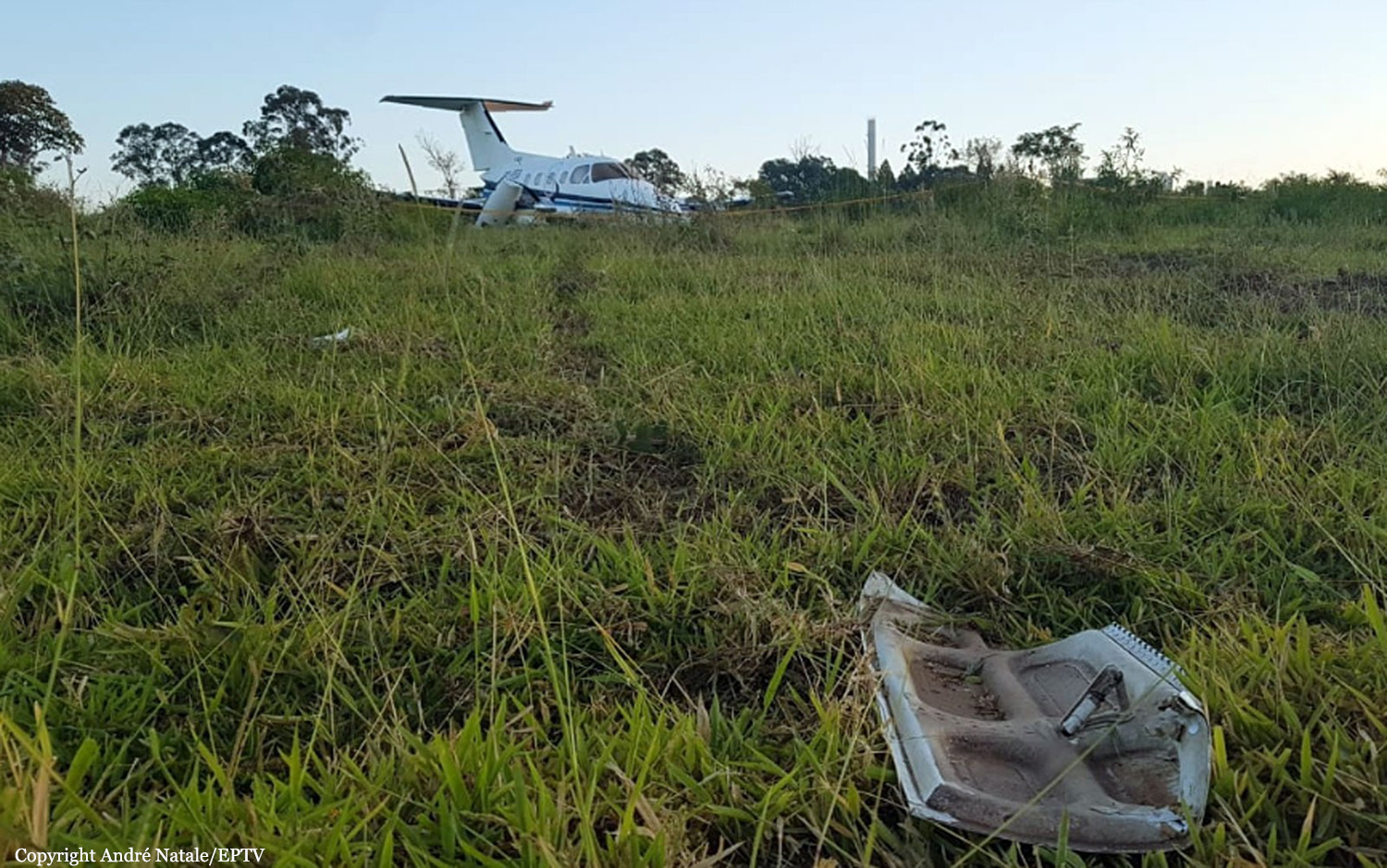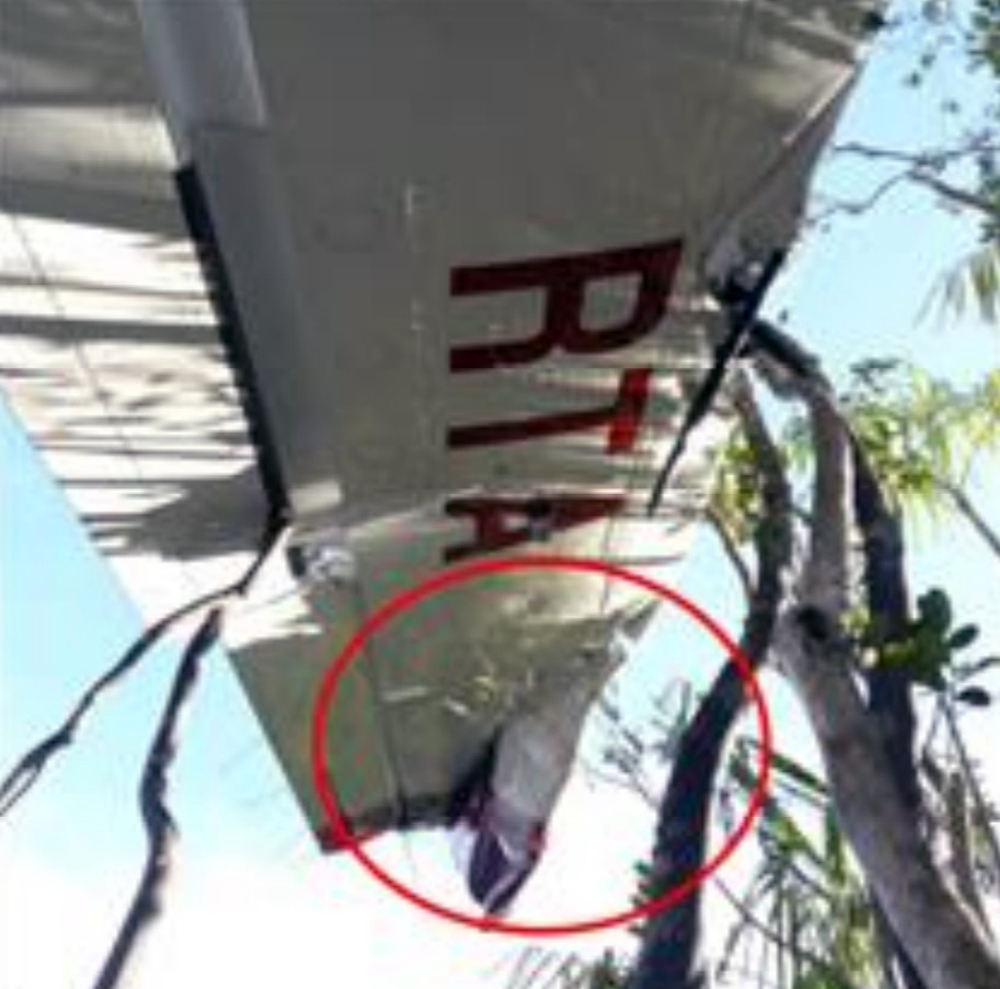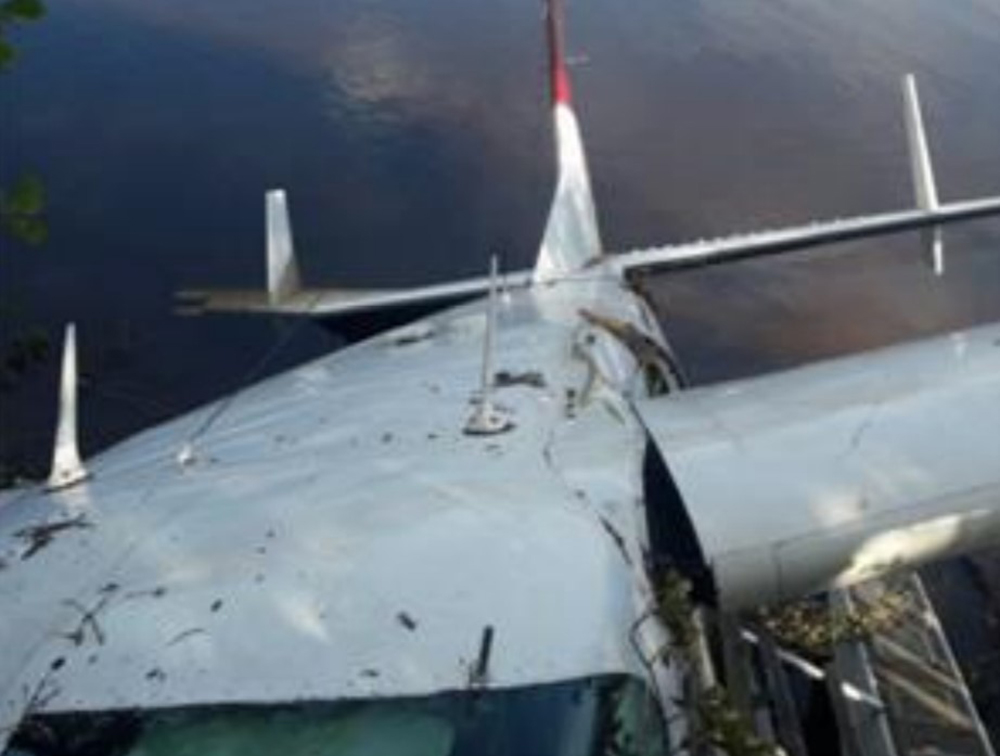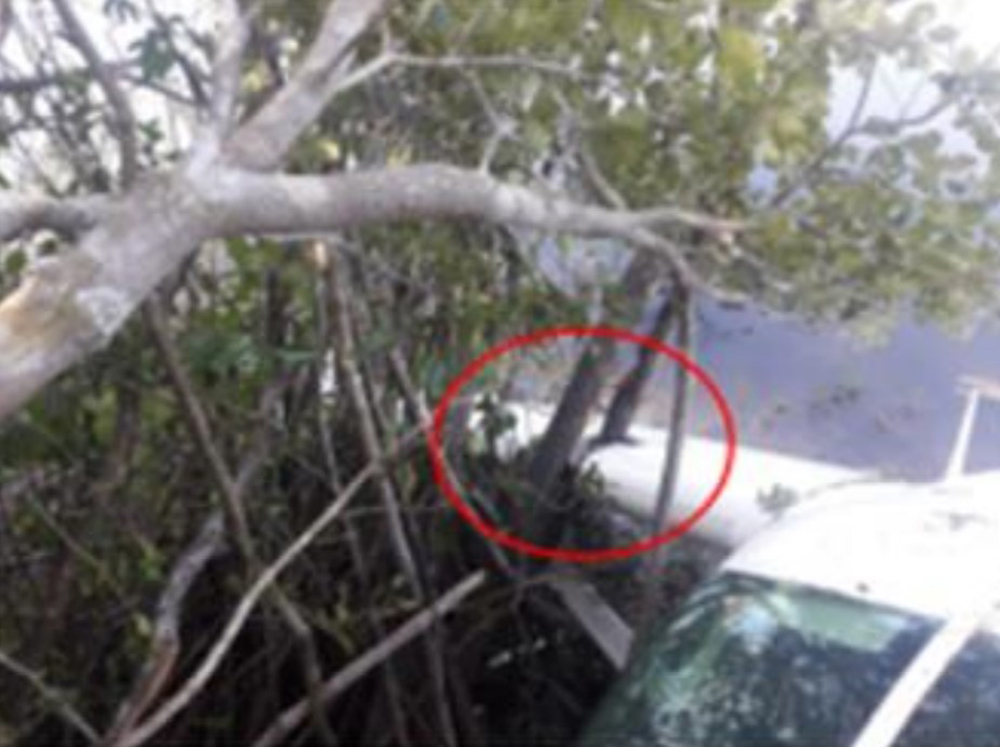Crash of a Learjet 31A in Diamantina
Date & Time:
Jan 2, 2021 at 0851 LT
Registration:
PP-BBV
Survivors:
Yes
Schedule:
São Paulo – Diamantina
MSN:
31-113
YOM:
1995
Crew on board:
2
Crew fatalities:
Pax on board:
2
Pax fatalities:
Other fatalities:
Total fatalities:
0
Captain / Total hours on type:
1138.00
Copilot / Total hours on type:
680
Circumstances:
The airplane departed São Paulo-Congonhas Airport on an ambulance flight to Diamantina-Juscelino Kubitschek Airport, carrying two doctors and two pilots. Following an unstabilized approach, the airplane landed too far down the runway 03 and was unable to stop within the remaining distance. It overran, went down a ravine and came to rest. All four occupants evacuated with minor injuries while the aircraft was damaged beyond repair.
Probable cause:
Following a wrong approach configuration on part of the crew, it was determined that the airplane landed about 600 metres from the runway end. In such conditions, the airplane could not be stopped within the remaining distance.
The following contributing factors were identified:
- Both pilots knew each other well and often flew together, thus it is possible that they over-relied on each other during the final phase of the flight,
- This over-confidence led the crew to neglect certain parameters related to the approach manoeuvre,
- Lack of crew coordination,
- Post-accident medical examinations revealed that the pilot-in-commands' (PF) lack of reaction to the pilot monitoring's (PM) warnings, and his impaired alertness, could indicate that he was suffering from the effects of alcohol and fatigue, reducing his performances,
- The pilots' decision to continue with the landing procedure despite an unstabilized approach characterized by inadequate situational awareness,
- Poor judgment on the part of the crew who failed to take the correct decision to initiate a go-around procedure.
The following contributing factors were identified:
- Both pilots knew each other well and often flew together, thus it is possible that they over-relied on each other during the final phase of the flight,
- This over-confidence led the crew to neglect certain parameters related to the approach manoeuvre,
- Lack of crew coordination,
- Post-accident medical examinations revealed that the pilot-in-commands' (PF) lack of reaction to the pilot monitoring's (PM) warnings, and his impaired alertness, could indicate that he was suffering from the effects of alcohol and fatigue, reducing his performances,
- The pilots' decision to continue with the landing procedure despite an unstabilized approach characterized by inadequate situational awareness,
- Poor judgment on the part of the crew who failed to take the correct decision to initiate a go-around procedure.
Final Report:

